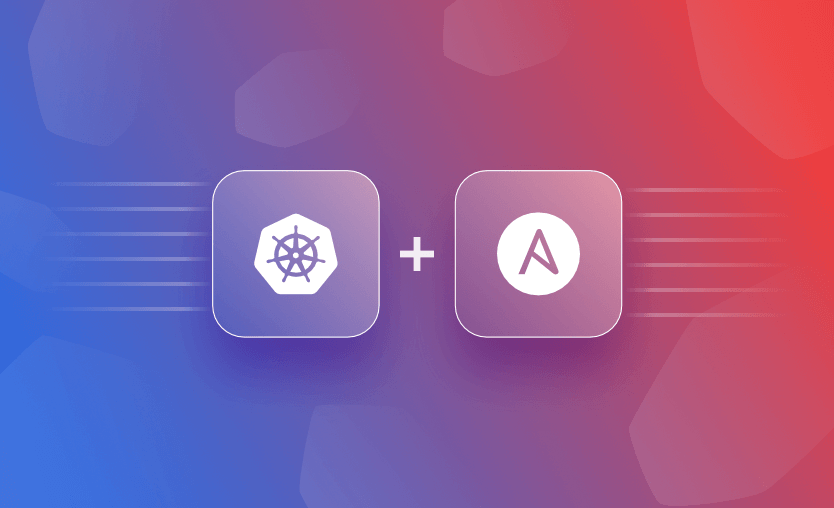Deploying a Kubernetes cluster can be a daunting task, but with the right tools and guidance, it becomes manageable and efficient. In this blog post, I walk you through the process of setting up a Kubernetes cluster with single master and two worker nodes using Ansible role.
This setup is perfect for development and testing environments, providing a solid foundation to explore Kubernetes’ powerful orchestration capabilities. I will cover everything from preparing your environment to executing the Ansible playbook, ensuring you have a running cluster ready for your applications by the end of this guide.
Prerequisites:
Before we begin, there are a few prerequisites we need to address. Here’s what you’ll need:
- 3 ubuntu 22.04 virtual machines
- 2 vCPUs & 4 GiB memory per node
- A host with Ansible installed
First, you’ll need to fork and clone the repo.While you’re at it, give it a ⭐ too!
1
git clone https://github.com/MBN02/Ansible.git
Next, create a ansible.cfg file :
1
2
3
4
5
6
7
8
9
10
11
12
13
14
15
#example ansible.cfg file
[defaults]
inventory = /Users/mohan.kumar.bn/inventory
command_warnings=False
host_key_checking = false
forks = 20
serial = 20
callback_whitelist = timer, profile_tasks
gathering = smart
stdout_callback = yaml
color = true
[ssh_connection]
pipelining = True
Creata an inventory file with your vm’s ip address
1
2
3
4
5
6
7
8
9
10
11
12
13
14
15
16
17
[control_plane]
master-node ansible_host=192.168.X.A #repalce the ip
[workers]
worker-node1 ansible_host=192.168.X.B #repalce the ip
worker-node2 ansible_host=192.168.X.C #repalce the ip
[all:vars]
ansible_python_interpreter=/usr/bin/python3
[control_plane:vars]
ansible_ssh_private_key_file= /Users/mohan.kumar.bn/.ssh/id_rsa
ansible_user=root
[workers:vars]
ansible_ssh_private_key_file= /Users/mohan.kumar.bn/.ssh/id_rsa
ansible_user=root
Next, create a playbook called setup_kubernetes.yml
1
2
3
4
5
6
---
- name: Setup Kubernetes Cluster
hosts: all
become: true
roles:
- setup-kuberntes-cluster
The final step is to execute the ansible role to bootstrap the cluster.
1
2
#ansible-playbook -i inventory playbook.yaml
ansible-playbook setup_kubernetes.yml
Once done, login to controlplane node and run the following command to confirm if the cluster is created successfully.
1
kubectl get nodes
